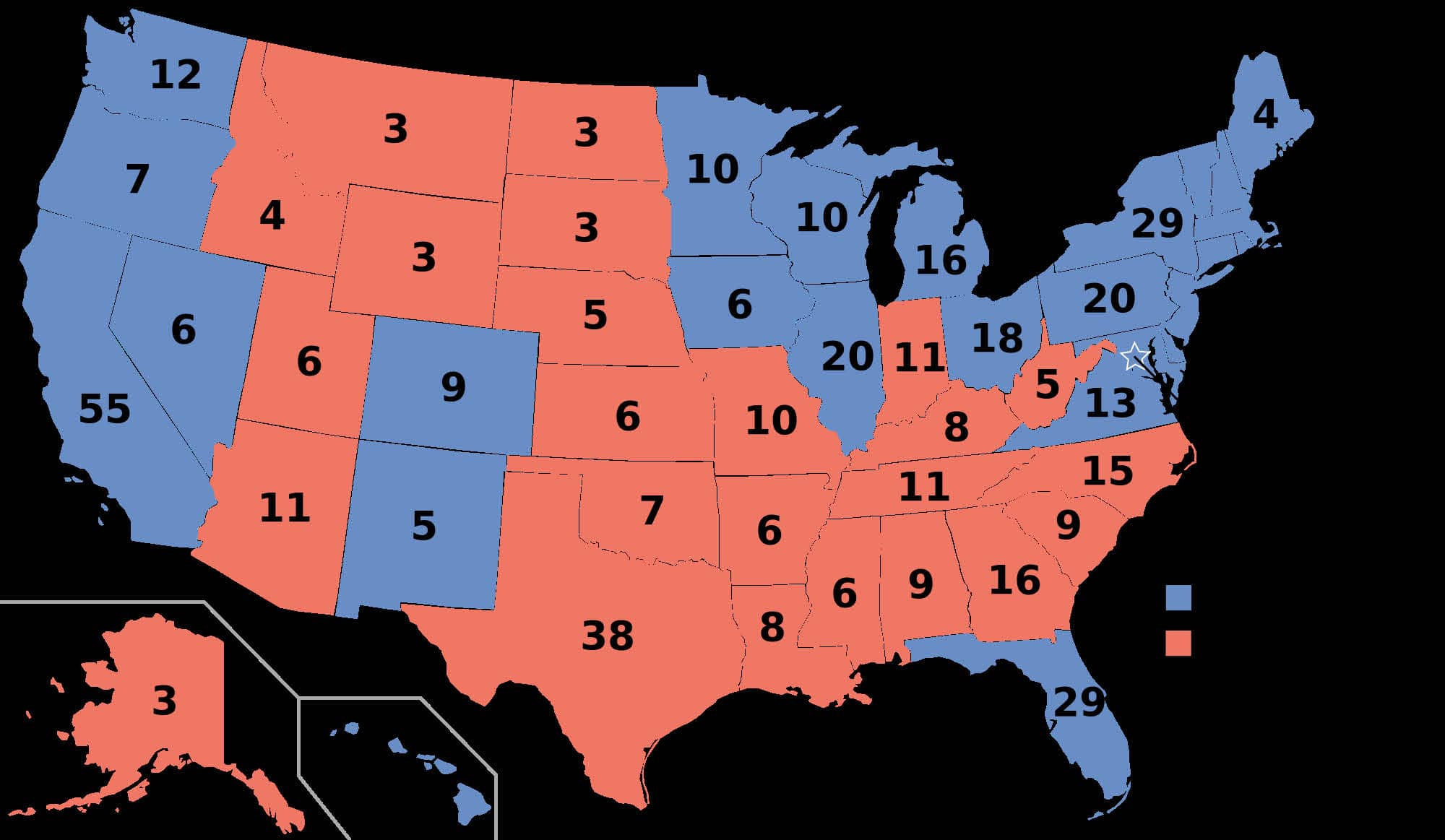Magazine
Divided States of America

The 2012 presidential election has reaffirmed what political analysts have been arguing for some years: the country has almost irreversibly frozen into Democratic (blue) states and Republican (red) states. With the exception of just 15 swing states, — Minnesota, Wisconsin, Nevada, Iowa, New Hampshire, Pennsylvania, Colorado, Virginia, Ohio, Florida, North Carolina, Georgia, Arizona, Missouri and Indiana — Pres. Barack Obama and his Republican challenger Gov. Mitt Romney were separated by a margin of more than 10 percent in every other state. The gap ranged from a high of 84% in Washington, D.C., 43% in Hawaii and 36% in Vermont in favor of Obama to 48% in Utah, 41% in Wyoming and 34% in Oklahoma in favor of Romney.
As the accompanying U.S. map shows, the West Coast, Northeast and Mid-Atlantic states are solidly Democratic while the South and large swaths of the Midwest are solidly Republican. As a result, presidential elections are now fought in just 15 states.
American politics has assumed many of the unhealthy characteristics of its Indian counterpart, such as communal vote banks divided along religious and caste lines — reflected by Southern evangelist and white voters on the Republican side, arrayed against minority and women voters on the Democratic side. The political logjam the Republican minority has created in the U.S. Senate, where it has exploited filibuster rules to grind the chamber to a virtual halt, is indistinguishible from the paralysis of the Indian Parliament by the opposition.
Compromise and pragmatism that defined the American political experiment for two centuries has during the past two decades devolved into crass opportunism and obstructionism by the defeated Republicans on Captiol Hill. In the states that Republicans dominate, they have gerrymandered Congressional and legislative districts to their political advantage and raised voting barriers in a calculated bid to discourage and disenfranchise minorities and the poor, who typically don’t vote for them. As the demographic headwinds — a decline in the White population and exploding growth among Hispanics and Asian Americans — shift perceptibly against their political interests, expect Republicans to become ever more intransigent and Machiavellian in response.
Ironically, the Republican-leaning red states, which are defined by their virulent opposition to taxes and government programs, contribute significantly lower tax revenues and receive substantially higher federal aid than Democratic-leaning red ones. It should be politically palatable for both sides to give Republicans what they ask for by allowing states to opt out of or weaken federal programs they oppose, such as healthcare, Medicaid, food stamps, etc. It is a good bet that Republicans will not like their own medicine. And if they do, the state programs would be an excellent laboratory for exploring alternative and cost-effective solutions that may be worthy of national emulation.
We are deeply divided. Let’s live and let live our red and blue differences.

You must be logged in to post a comment Login